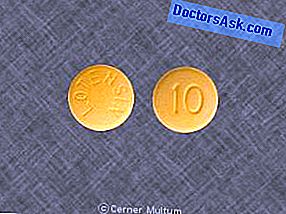Benazepril is a medicine known commercially as Lotensin.This oral medication is an antihypertensive and vasodilator, which facilitates blood circulation by acting to decrease blood pressure in the blood vessels.
Contraindication of Benazepril Hydrochloride
- Known hypersensitivity to benazepril, related substances or any component of the formulation; History of angioedema with or without previous treatments with ACE inhibitors;
- Children under 6 years;
- Pregnancy;
- Patient with a history of angioedema not induced by ACE inhibitors;
- Concomitant use of angiotensin converting enzyme inhibitors (ACEI), including Benazepril hydrochloride (active substance), or angiotensin receptor blockers (ALBs) with aliskiren in patients with type 2 diabetes ;
- Benazepril hydrochloride (active substance) is contraindicated for children with unilateral / bilateral renal artery lesion or stenotic lesion in a single kidney.
This medicinal product belongs to the category of risk in pregnancy D. This medicinal product should not be used by pregnant women without medical advice.
Indications of Benazepril
Arterial hypertension; cardiac insufficiency.
Side effects of Benazepril
Headache; fatigue; nausea; dizziness; fainting by pressure drop; cough; somnolence.
Contraindications of Benazepril
Pregnancy risk C ; women in the lactation phase.
How to use Benazepril
Oral use
Take the medicine before or after meals.
Adults
Hypertension :
Start treatment with 10 mg daily and gradually increase to 20 to 40 mg in a single daily dose or divided into two equal doses.
Very rare: hemolytic anemia, thrombocytopenia (see WARNINGS AND PRECAUTIONS – agranulocytosis / neutropenia).
Immune system disorders
Rare: angioedema, edema of the lips; edema of the face (see Warnings and precautions – anaphylactoid and related reactions?).
– Psychiatric Disorders
Rare: insomnia, nervousness, and paresthesia.
– Nervous system disorders Common: headache, dizziness. Rare: drowsiness.
.Skin and subcutaneous tissue disorders
Common: rash, pruritus, photosensitivity reaction. Rare: Pemphigus.
Musculoskeletal and connective tissue disorders Rare: arthralgia, arthritis, and myalgia.

